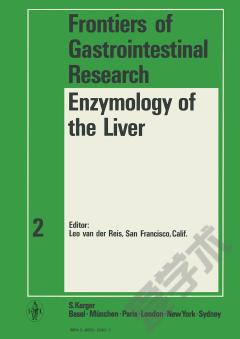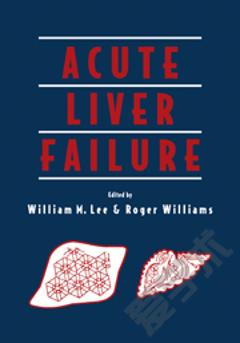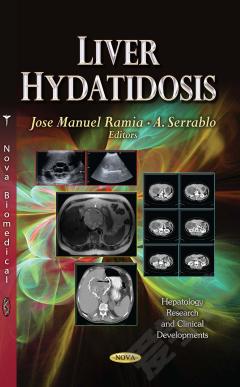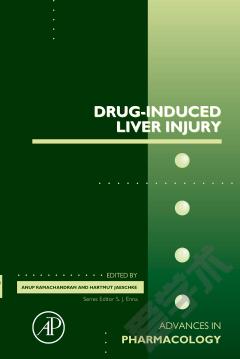Alcoholic Fermentation
Stahl specifically states that a body in such a state of internal dis quietude can very readily communicate the disturbance to another, which is itself at rest but is capable of undergoing a similar change, so that a putrefying or fermenting liquid can set another liquid in putre faction or fermentation. Taking account of the gradual accumulation of fact and theory we find at the time Of Lavoisier, from which the modern aspect of the problem dates, that Stahl's theoretical views were generally accepted. Alcoholic fermentation was known to require the presence of sugar and was thought to lead to the production of carbon dioxide acetic acid, and alcohol.
{{comment.content}}








 京公网安备 11010802027623号
京公网安备 11010802027623号